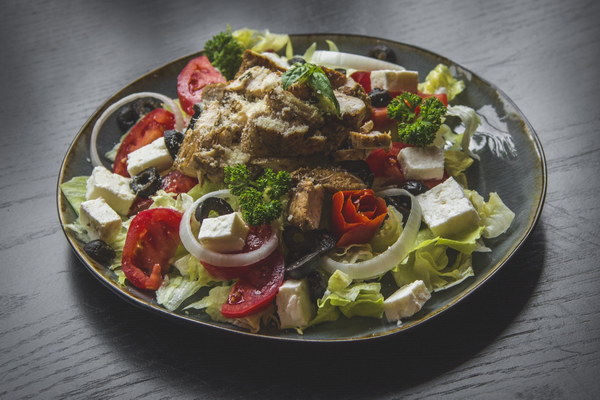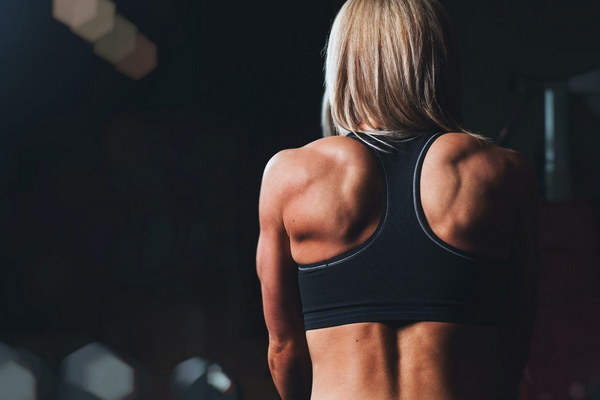Differences in Fitness Regimens for Weightlifters Tailoring Training for Optimal Performance
In the world of professional weightlifting, fitness regimens are tailored to meet the specific needs of each athlete. While the ultimate goal for all weightlifters is to increase strength and improve performance, the methods and approaches to achieving this goal can vary greatly. This article explores the differences in fitness regimens for weightlifters, focusing on the unique requirements of each athlete.
1. Strength Training
The cornerstone of any weightlifter's fitness regimen is strength training. This involves performing exercises that target the major muscle groups, such as squats, deadlifts, bench presses, and overhead presses. However, the intensity, volume, and frequency of these exercises can differ significantly based on the athlete's goals and needs.
For example, a weightlifter aiming to improve their snatch and clean and jerk techniques may focus on compound movements that mimic these lifts, such as power snatches and clean and press exercises. In contrast, an athlete looking to increase their overall strength may perform a broader range of exercises, including isolation movements like bicep curls and tricep extensions.
1. Endurance Training
Endurance training is another critical component of a weightlifter's fitness regimen. While strength is essential, a weightlifter must also possess the cardiovascular and muscular endurance to perform at a high level throughout a competition.
Endurance training for weightlifters can include various methods, such as steady-state cardio, interval training, and circuit training. The specific type of endurance training an athlete chooses depends on their goals and the demands of their sport.
For instance, a weightlifter may incorporate long, slow cardio sessions to improve their aerobic capacity and increase their ability to sustain high-intensity efforts. Alternatively, they may opt for shorter, high-intensity interval sessions to improve their power output and anaerobic capacity.
2. Flexibility and Mobility Training
Flexibility and mobility are crucial for weightlifters, as they help reduce the risk of injury and enhance performance. While all weightlifters should incorporate stretching and mobility exercises into their regimen, the specifics can vary based on individual needs.
Athletes with limited flexibility may focus on a more aggressive stretching routine, including static and dynamic stretching techniques. On the other hand, those with higher levels of flexibility may need to focus on mobility exercises that challenge their range of motion and improve joint stability.
3. Nutrition and Recovery
A well-balanced diet and effective recovery strategies are essential for weightlifters to maximize their performance and minimize the risk of overtraining. Nutrition and recovery requirements can differ based on an athlete's goals, body composition, and training volume.
For example, a weightlifter looking to gain muscle mass may need to consume a higher calorie intake and prioritize protein to support muscle growth. In contrast, an athlete aiming to maintain a low body fat percentage may need to focus on a lower calorie diet with a balanced macronutrient profile.

In terms of recovery, weightlifters may use various methods, such as sleep, rest days, massage, and cold water immersion to help their bodies recover from intense training sessions. The specific recovery methods an athlete chooses depend on their individual needs and preferences.
4. Specialized Techniques and Equipment
Weightlifters often use specialized techniques and equipment to enhance their performance. This can include Olympic lifting techniques, plyometric exercises, and the use of kettlebells, bands, and other tools.
The specific techniques and equipment an athlete chooses depend on their goals, strengths, and weaknesses. For instance, an athlete with poor overhead mobility may benefit from incorporating kettlebell swings into their training to improve their range of motion.
Conclusion
In conclusion, the fitness regimens of weightlifters are highly individualized and tailored to meet the specific needs of each athlete. By focusing on strength training, endurance training, flexibility and mobility, nutrition, recovery, and specialized techniques, weightlifters can optimize their performance and achieve their goals. As the sport of weightlifting continues to evolve, so too will the fitness regimens used by athletes to stay competitive and excel in their sport.









